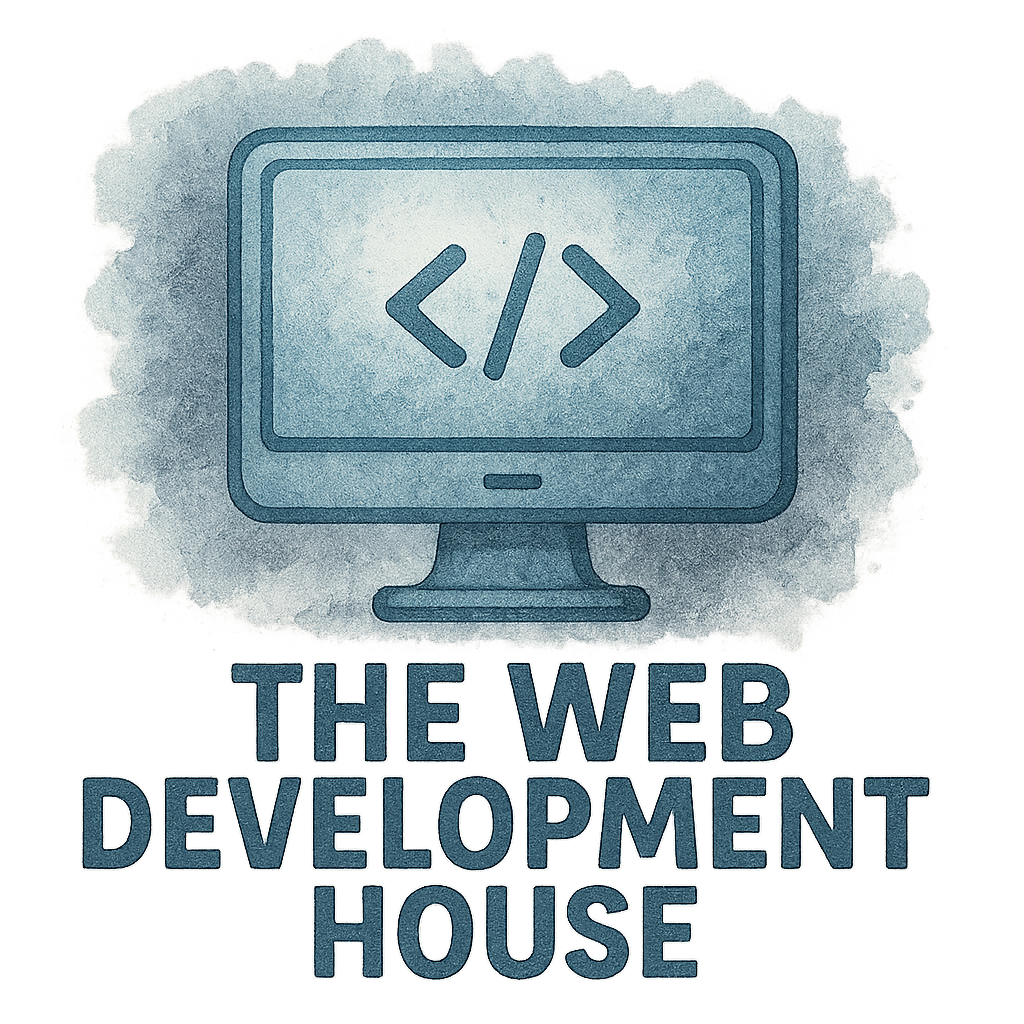Introduction to Low-Code Development
Web development has come a long way from its HTML-and-CSS-only days. Enter low-code platforms—powerful tools that allow you to create full-fledged web and mobile applications with minimal hand-coding. Whether you’re a designer, marketer, or entrepreneur, low-code is lowering the barrier to building digital experiences.
In this post, we’ll dive into five low-code tools that are completely disrupting web development, making it faster, more accessible, and incredibly powerful.
Why Low-Code is Taking Over Web Development
Bridging the Gap Between Developers and Business Users
Let’s be honest—communication between devs and non-devs can be… challenging. Low-code tools provide a common platform where both sides can collaborate effectively, even if they “speak” different tech dialects.
Speed and Agility for Modern Teams
Low-code means building faster without compromising on quality. It’s agile development on steroids—quick iterations, instant feedback, and streamlined testing.
Cost-Effectiveness for Startups and Enterprises
Startups love low-code because it reduces time-to-market. Enterprises love it because it reduces cost and scales quickly. That’s a win-win in any business book.

Key Benefits of Using Low-Code Tools
Faster Deployment Times
No more waiting weeks to test a new feature or launch a microsite. Most low-code platforms let you build, test, and deploy in days—not months.
Reduced Developer Workload
Developers can focus on complex logic while non-tech team members take care of frontend changes or minor backend tweaks.
Empowering Non-Tech Teams
Marketing teams, sales departments, and even HR can now contribute to digital projects thanks to user-friendly interfaces and templates.
1. Webflow – Visual Web Design & Development
Webflow’s Drag-and-Drop Simplicity
Webflow is perfect for designers who want complete creative freedom—without writing a single line of code. Its visual canvas translates actions directly into clean HTML, CSS, and JavaScript.
Built-in SEO & CMS Features
From custom meta tags to responsive layouts, Webflow offers out-of-the-box SEO. Plus, it has an integrated CMS perfect for blogs, portfolios, or landing pages.
🔗 Explore More: UI/UX Design
2. OutSystems – Enterprise-Grade Low-Code Platform
High Performance Meets Scalability
OutSystems is built for enterprises. It combines visual development with scalable architecture that can handle complex business processes and large-scale apps.
Ideal for Mobile & Web App Development
It supports cross-platform development, which means you can build once and deploy on both iOS and Android with native performance.
🔗 Explore More: Mobile Development
3. Bubble – No-Code for Full-Stack Web Apps
Why Bubble Is Loved by Startups
Bubble lets you build full-stack web apps with database integrations, APIs, and dynamic frontends—all without touching code. It’s become a darling for startups looking to launch MVPs quickly.
Hosting, Database, and Backend All in One
No need to worry about hosting or databases. Bubble handles everything in the background, letting you focus on building.
🔗 Explore More: Startup
4. Mendix – Collaboration-First Development
Perfect for Project Management Integration
Mendix emphasizes team collaboration. Its visual interface allows project managers, business analysts, and developers to contribute seamlessly.
AI-Powered Development Assistant
With built-in AI to suggest code and logic paths, Mendix speeds up development while ensuring consistency and reducing human error.
🔗 Explore More: Project Management
5. Adalo – Low-Code Mobile App Builder
Build Native Apps Without Writing Code
Adalo makes it super easy to build native mobile apps—even for non-techies. You can visually design screens, connect logic, and publish to app stores.
Monetization, Push Notifications & More
It includes tools for subscriptions, in-app purchases, and real-time updates like push notifications.
🔗 Explore More: Mobile App
What to Consider When Choosing a Low-Code Platform
Customization Needs
Some platforms offer more flexibility than others. Webflow, for example, is great for design, but less so for backend logic.
Integration Capabilities
Make sure the platform can connect to your CRM, analytics tools, or APIs you rely on.
Team Skill Level
Are your team members designers? Developers? Total beginners? Choose a platform that aligns with your team’s expertise.
How Low-Code Aligns with Modern Web Development Trends
Enhancing Productivity with Low-Code
Low-code platforms supercharge your team’s output, enabling you to do more in less time.
🔗 Explore More: Productivity
Core Values and Company Culture Fit
Choosing a platform that aligns with your company culture and core values ensures smoother adoption across teams.
Final Thoughts: The Future of Web Development is Low-Code
Low-code tools aren’t just a passing trend—they’re shaping the future of how we build and deploy apps. By embracing these platforms, you’re not only accelerating your projects but also future-proofing your workflows.
Whether you’re a startup founder, a freelance designer, or a manager at a large enterprise, low-code has something game-changing to offer.
Conclusion
To wrap things up, low-code tools are revolutionizing how we approach web development. They combine speed, power, and accessibility in ways traditional coding never could. The five platforms we’ve covered—Webflow, OutSystems, Bubble, Mendix, and Adalo—are just the tip of the iceberg.
Ready to dive deeper into the world of digital transformation? Explore more at TheWDHouse and discover insights on web development, design, best practices, and more.
FAQs
1. What is a low-code development platform?
A low-code platform is a software development tool that allows users to create applications through graphical interfaces rather than hand-coding everything.
2. Can low-code tools completely replace developers?
Not entirely. They streamline many tasks but still require technical oversight, especially for complex logic or integrations.
3. Are low-code platforms secure?
Yes, most reputable low-code platforms come with built-in security measures and compliance support.
4. What industries benefit most from low-code?
Healthcare, finance, education, eCommerce, and startups all benefit from the speed and flexibility of low-code platforms.
5. Is there a learning curve for using low-code tools?
Yes, but it’s significantly easier than learning to code. Most platforms offer tutorials and templates to get you started.
6. Which low-code platform is best for mobile apps?
Adalo and OutSystems are strong contenders for mobile-focused projects.
7. Where can I learn more about trends in web development?
Visit TheWDHouse for expert articles, tips, and insights into the future of web and mobile development.

